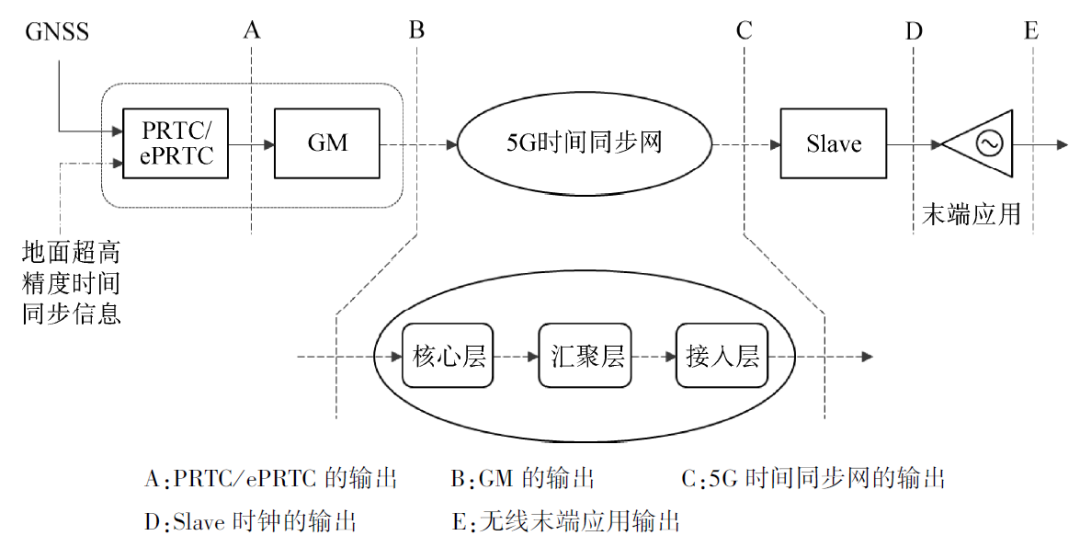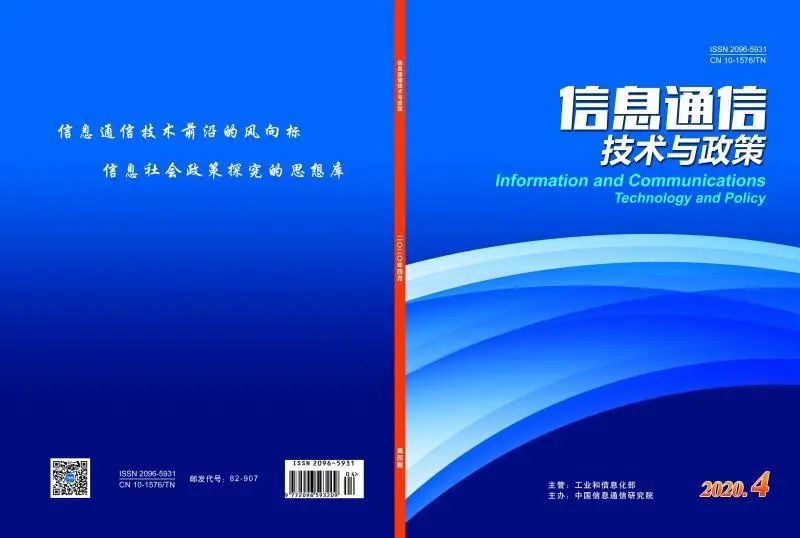
Author Introduction

Hu Changjun: Chief Engineer of the Technical and Standard Research Institute of the China Academy of Information and Communications Technology, Senior Engineer, with research fields including time-frequency synchronization, satellite timing, optical communication, etc., mainly engaged in standard research, technical consulting, national projects, testing, and evaluation.

Lv Bo:Senior Engineer at the Technical and Standard Research Institute of the China Academy of Information and Communications Technology, Ph.D., mainly engaged in technical research, standardization, and testing in the fields of synchronization and artificial intelligence.

Miao Xinyu: Engineer at the Technical and Standard Research Institute of the China Academy of Information and Communications Technology, mainly engaged in technical research, standardization, and testing in the fields of synchronization and satellite timing.
Paper Citation Format:
Hu Changjun, Lv Bo, Miao Xinyu. Analysis of 5G Synchronous Networking Architecture and Key Technologies[J]. Information Communication Technology and Policy, 2020(4):36-40.
∗ Fund Project: National Key Research and Development Program Project (No. 2016YFF0200205) and National Natural Science Foundation Project (No. 61671159) funded
This article was published in “Information Communication Technology and Policy”, 2020, Issue 4

Organizer: China Academy of Information and Communications Technology
“Information Communication Technology and Policy” is a professional academic journal supervised by the Ministry of Industry and Information Technology and hosted by the China Academy of Information and Communications Technology. The journal is positioned as a “barometer of cutting-edge information and communication technology, a think tank for exploring information society policy,” focusing on technology trends, public policy, national/industry/enterprise strategies in the information and communication field, publishing cutting-edge research results, analysis of focal issues, interpretation of hot policies, etc., promoting innovation and development of technologies and industries such as 5G, industrial internet, digital economy, artificial intelligence, blockchain, big data, and cloud computing, guiding national technology strategy choices and industrial policy formulation, and building a high-end academic exchange platform for industry, academia, research, and application.
Reviewers | Chen Li, Shan Shan
Editors | Ling Xiao

Recommended Reading




Light UpLookingTogether Through Difficulties
